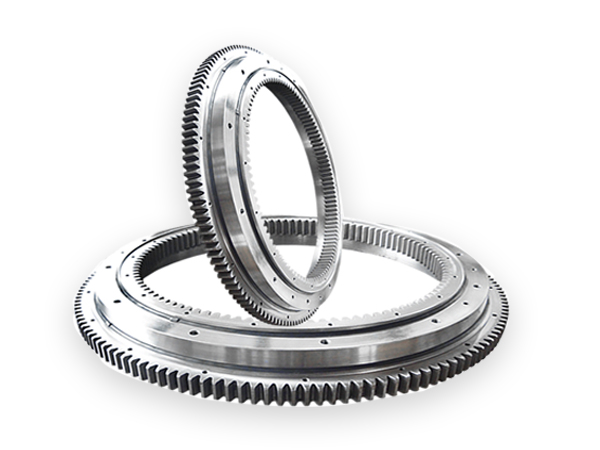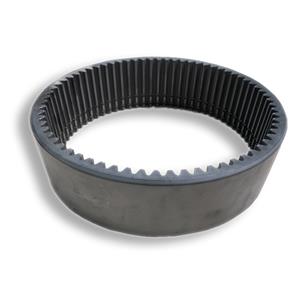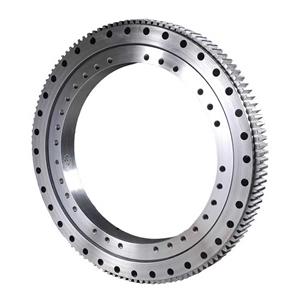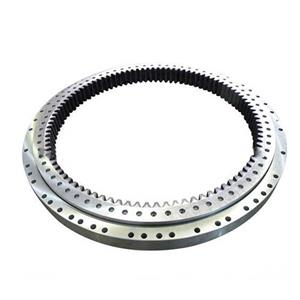What is the coefficient of friction of the slewing ring bearing?
What is the coefficient of friction of the slewing ring bearing?
Influencing factors and treatment methods
The coefficient of friction of slewing rings is a crucial parameter in the engineering field. Single-row ball slewing ring is a key component widely used in various industrial machinery and equipment, which is responsible for supporting and rotating important mechanical parts. The friction coefficient of slewing ring directly affects the operating efficiency, precision and life of mechanical equipment. This article will discuss the meaning, influencing factors and how to optimize the friction coefficient of slewing bearings to improve the performance of mechanical equipment.
1. What is the friction coefficient of the slewing bearing?
The concept of the friction coefficient of the slewing bearing: the friction coefficient refers to the ratio of the friction force generated when two objects move relative to each other and the pressure perpendicular to the contact surface of the two objects. In a slewing bearing, the coefficient of friction affects the force required for the bearing to rotate and the amount of friction. A high coefficient of friction will lead to greater friction loss in mechanical equipment, which will affect the rotational efficiency and heat generation of the equipment.

2. Influencing factors of friction coefficient of slewing bearing
The friction coefficient of slewing bearing is affected by many factors. Material selection is one of the main factors determining the coefficient of friction. The coefficient of friction varies widely between different materials, so the appropriate material must be carefully selected when designing a slewing ring. Surface roughness and lubrication conditions also affect the coefficient of friction. Smoother surfaces and effective lubricants lower the coefficient of friction and thus reduce frictional losses.
3. The method of dealing with the friction coefficient of the slewing bearing
In practical applications, optimizing the friction coefficient of slewing bearings is crucial to improving the performance of mechanical equipment. First of all, reducing the friction coefficient can reduce the energy loss of mechanical equipment during operation and improve the rotation efficiency, thereby saving energy and reducing operating costs. Secondly, optimizing the coefficient of friction can reduce the wear of bearings, prolong the service life of mechanical equipment and reduce maintenance costs.

1. Choose the right material
According to specific application scenarios and working conditions, choose materials with a lower coefficient of friction, such as high-performance polymer materials or coating materials.
2. Surface treatment
Through surface processing technology, the smoothness of the supporting surface is improved, the surface roughness is reduced, and the friction coefficient is reduced.
3. Lubricant selection
Choose a lubricant suitable for the working conditions to keep the bearing surface lubricated and reduce the friction coefficient and wear.
4. Load distribution optimization
Reasonably design the supporting structure, balance the load distribution, avoid local overload and reduce friction.
5. Temperature control
Properly control the working temperature of the support to avoid the increase of friction coefficient caused by overheating.
The friction coefficient of slewing ring is an important parameter affecting the performance of mechanical equipment. By choosing the right material, optimizing surface treatment, lubricant selection and load distribution, we can effectively reduce the coefficient of friction and improve the operating efficiency and service life of mechanical equipment. In the future engineering design, we should continue to pay attention to the research on the friction coefficient of slewing bearings, continuously optimize the design, promote the development of engineering technology, and provide more efficient and reliable mechanical equipment for all walks of life.




